Can the SDLP and Fianna Fáil avoid the curse of history?
- Published
Colum Eastwood accepts that the SDLP's pairing with Fianna Fáil could be "uncomfortable for some"
"Don't underplay this," an SDLP insider implored me as I arrived for the launch of the party's new arrangement with Fianna Fáil. "It's an unprecedented partnership between two parties on this island."
"Are you sure?" I countered. "What about the time the Ulster Unionists got together with the Conservatives?"
"I said on this island," the insider responded.
A fair point, geographically. But politically I find it hard to think of this partnership without turning my mind to other recent examples.
In these days of the DUP-Conservative confidence and supply agreement, who remembers UCUNF (possibly politics' most unfortunate sounding acronym?)
That was the brain child of, amongst others, David Cameron and Reg Empey.
A 'gradual process'
It was meant to deliver the charismatic Tory leader a few extra vital seats in his bid to remove Gordon Brown, whilst re-invigorating the Ulster Unionists in their quest to claw back lost ground.
In the end the Ulster Conservatives and Unionists New Force failed to take their primary target of South Antrim in the 2010 general election.
When the dust settled, the only tangible result of their partnership was the loss of the Ulster Unionists' most senior female representative, Lady Sylvia Hermon.
Always close to New Labour, the North Down MP quit her party, holding on to her constituency as an independent.
SDLP strategists say they have learned from the failed UCUNF experiment.
Instead of throwing the kitchen sink at one election, the SDLP leader Colum Eastwood and Fianna Fáil's Micheál Martin envisage a far more gradual process.
The two parties will try to develop common approaches on social and economic issues, Brexit and Irish unity.
Perhaps this gradual approach is wise. But from the perspective of nationalist voters in May's local elections it might seem underwhelming.
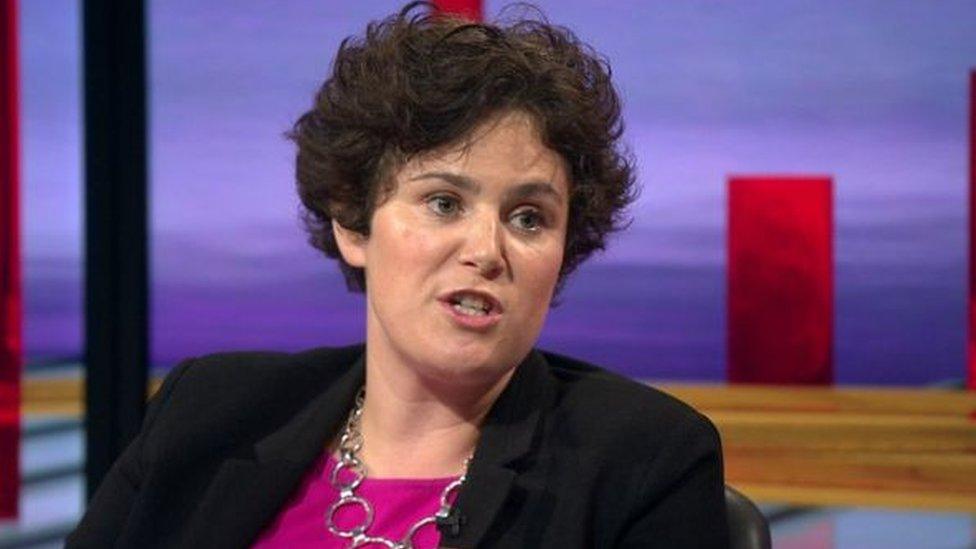
SDLP South Belfast MLA Claire Hanna did not attend the event and has previously ruled out joining Fianna Fáil
Their ballot papers will feature familiar candidates, running under the familiar SDLP banner - so what, they may ask, has changed?
The SDLP will maintain they have a unique all-island partnership, but they are up against a disciplined centralised 32 county force in Sinn Féin.
One ominous echo of the UCUNF debacle is the evident alienation of a high profile female politician.
The South Belfast MLA Claire Hanna was notable by her absence at the launch of the two parties' partnership.
But she had already made clear to The Belfast Telegraph that she doesn't believe the arrangement brings any added value to the SDLP.
UUP left adrift by Conservatives
For the anoraks, there is much to ponder.
Why have both the SDLP and Fianna Fáil spurned their supposed sister parties, Irish Labour and Alliance?
Does this mean one or other party will have to think about shifting their allegiance at a European level (Fianna Fáil belongs to a group of Liberal Democrats, whilst the SDLP has long proudly declared its socialist credentials)?
Will this have a knock-on impact on the debate over UK Labour not fighting Northern Ireland elections?
But the overall impression is that it isn't any easier now than it has ever been for the parties who led the field back in 1998 to recover their relevance.
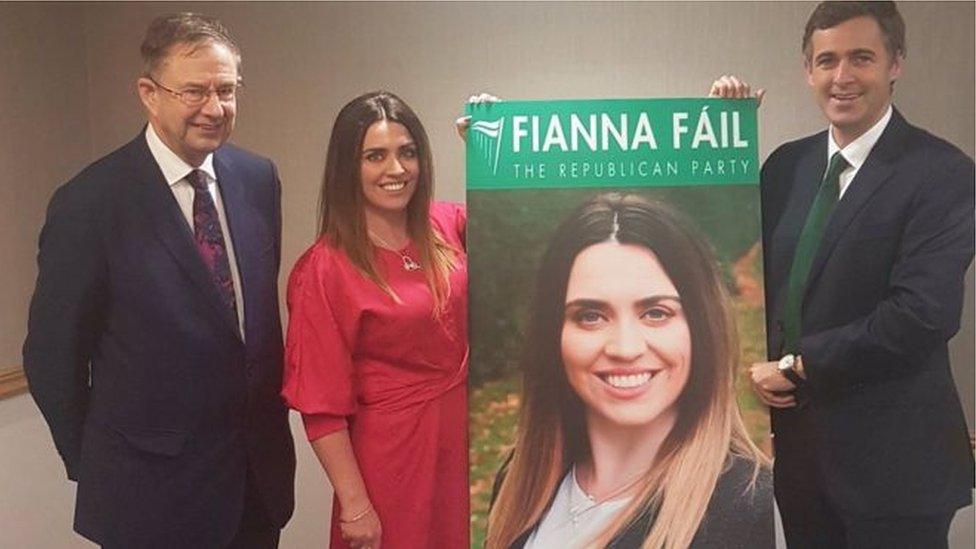
Last October Fianna Fáil headquarters disciplined two members who announced Sorcha McAnespy would stand as a candidate in council elections in Omagh
In 2010 the Ulster Unionists looked to the Conservatives as a life raft, but they were left adrift.
In the 2017 Assembly elections, the SDLP partnered up with Mike Nesbitt's Ulster Unionists.
The poor performance of the big two parties in government appeared to provide them with an opportunity for a breakthrough.
However the strategy ran into trouble when the leaders were questioned over whether their supporters should transfer their votes to fellow unionists and nationalists or vote on a cross-community basis.
Two years ago it was "Vote Colum and get Mike".
Now it's "Vote Colum and get a partnership with Micheál".
Maybe it will prove to be as "historic" as both leaders claimed at their launch in central Belfast.
But on the basis of recent precedents, I remain sceptical.
- Published23 January 2019
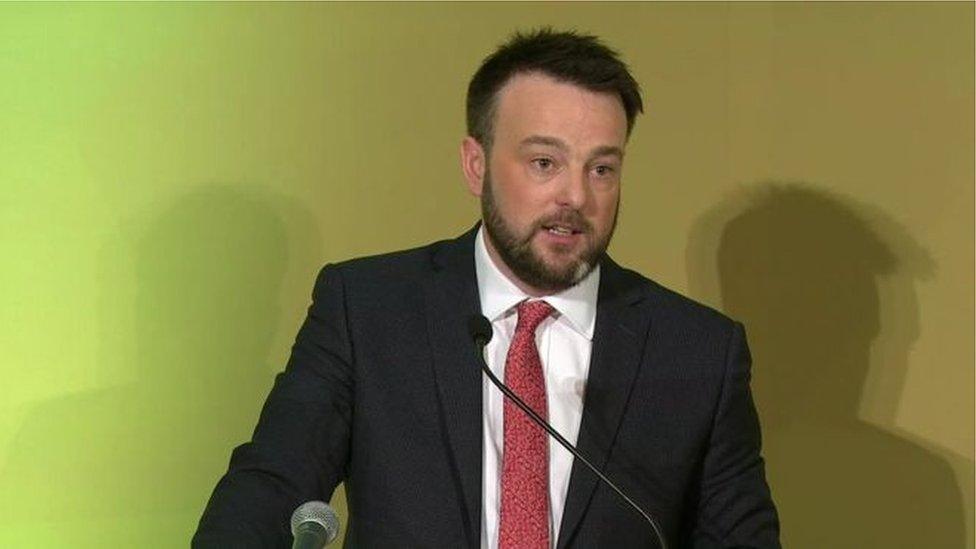
- Published23 January 2019
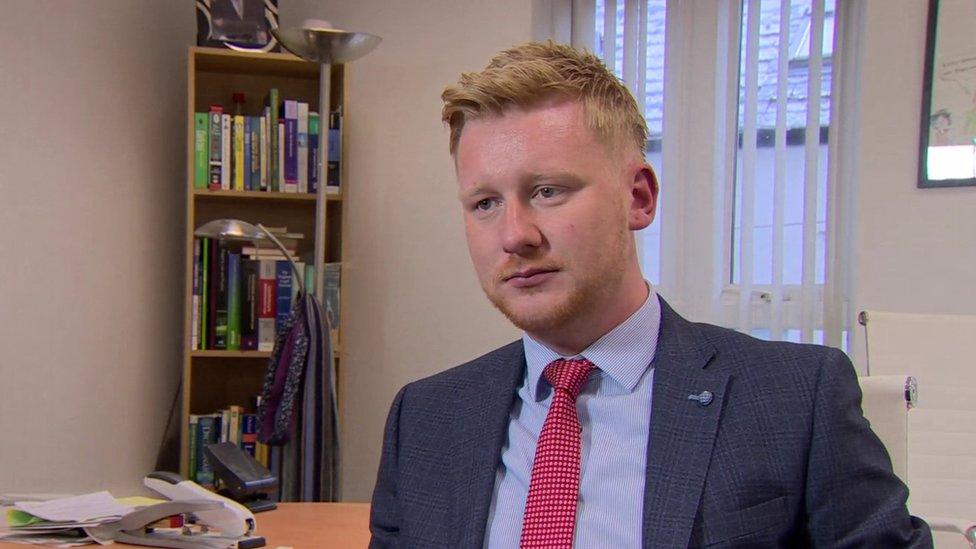
- Published7 November 2018
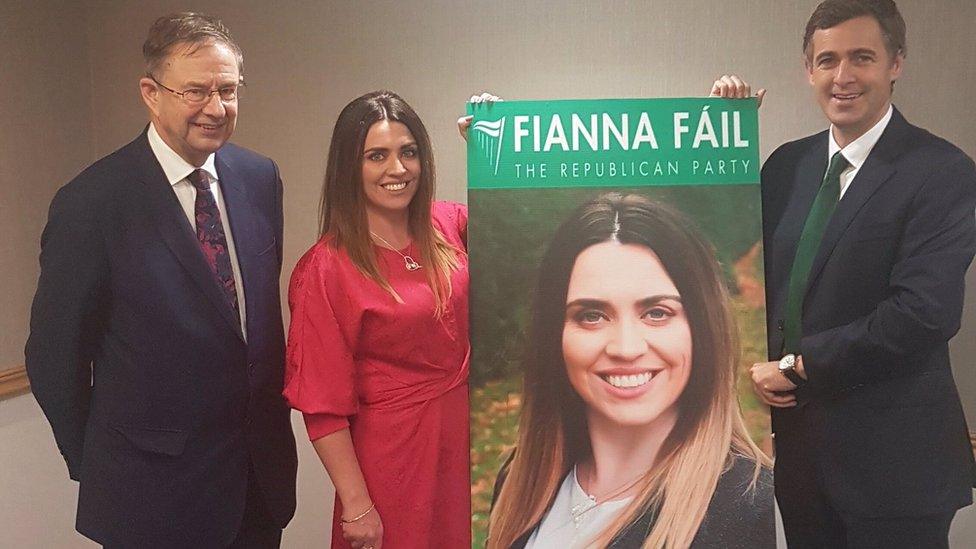
- Published26 October 2018
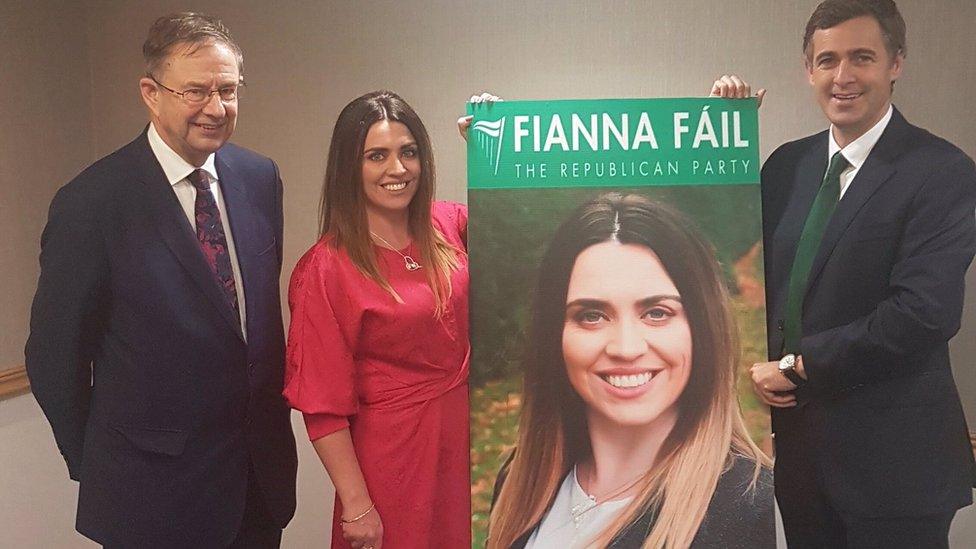
- Published6 October 2010